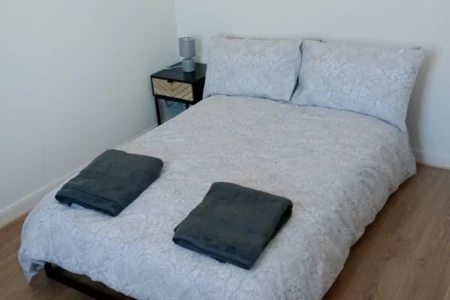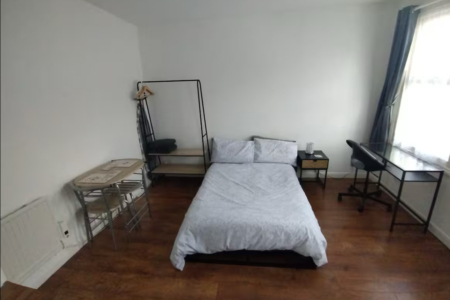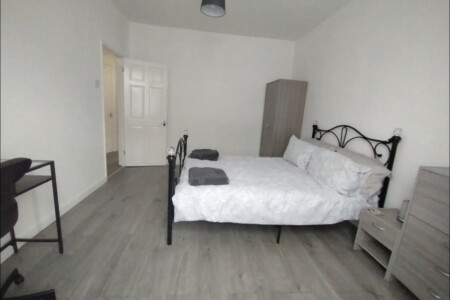The Growth and Expansion of Reading, UK
Reading has undergone significant expansion throughout the 20th century, transforming from a modest market town into a major urban centre. The town’s development has been marked by key events and areas that shaped its modern landscape.
20th Century Expansion
Annexation of Caversham: In 1911, Reading expanded its borders by annexing Caversham, a village across the River Thames in Oxfordshire, marking a critical moment in its growth. This expansion set the stage for the suburban development seen in the following decades.
1920s and 1950s Housing Boom: The town saw extensive construction of semi-detached properties in the 1920s, contributing to the characteristic suburban landscape. The post-war expansion in the 1950s linked areas such as Woodley, Earley, and Tilehurst to Reading, further increasing its size and population.
Miles Aircraft: In the mid-20th century, Miles Aircraft in Woodley played an important role in the local economy from the 1930s to the 1950s, reflecting Reading’s industrial growth during this period.
Lower Earley Development: Beginning in the 1970s, the Lower Earley development became the largest private housing project in Europe. This expansion extended Reading’s urban area right up to the M4 motorway, establishing it as the town’s southern boundary. The development also attracted commuters, contributing to Reading’s role as a major commuter town.
Modern Housing and Retail Developments: Continuing into the late 20th and early 21st centuries, Reading expanded with further housing developments and out-of-town shopping hypermarkets, making it a significant retail hub in the region.
Notable Infrastructure Developments
Yield Hall Car Park (1966): Opened at the end of 1966, the Yield Hall multi-storey car park was a state-of-the-art facility for its time, providing covered parking for 522 cars with innovative design features such as segregated ramps for up and down traffic.
The Oracle (1999): Named after a 17th-century workhouse founded by John Kendrick, the Oracle shopping centre, completed in 1999, became a vital part of Reading’s commercial landscape. With three storeys of shops, it provided a significant economic boost by creating 4,000 jobs.
Industries of the 20th Century
The Three Bs: Biscuits, Bulbs, and Beer: Reading was renowned for its three main industries:
- Huntley and Palmers: The famous biscuit factory was a cornerstone of Reading’s economy but was eventually closed after being bought by Nabisco.
- Simmonds Brewery: Known for its beer production, the brewery shut down in April 2010, ending a long-standing tradition in the town.
- Sutton’s Seeds: Once flourishing in Reading, Sutton’s Seeds had to relocate their fields due to the rise of motorways and the pollution they caused, which was harmful to the crops.
Residential Areas and Suburbs
Reading’s suburban expansion has led to a diverse array of districts, each with its unique character. These include:
- Beansheaf Farm, Calcot
- Caversham, Caversham Heights, Caversham Park Village
- Coley, Coley Park
- Earley, East Reading, Emmer Green
- Fords Farm, Holybrook, Horncastle
- Katesgrove, Little Heath, Lower Caversham, Lower Earley
- Maiden Erlegh, Newtown, Purley-on-Thames
- Southcote, Tilehurst, West Reading
- Whitley, Whitley Wood, Woodley
These areas reflect Reading’s rich history of growth and community development, making it a dynamic and attractive place to live, work, and visit.



